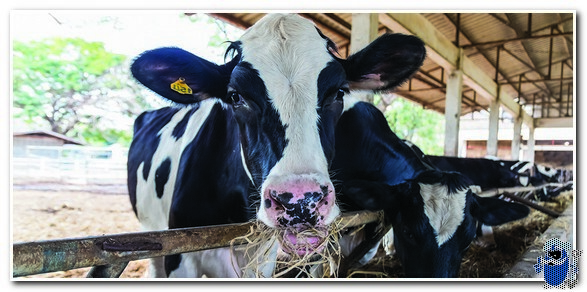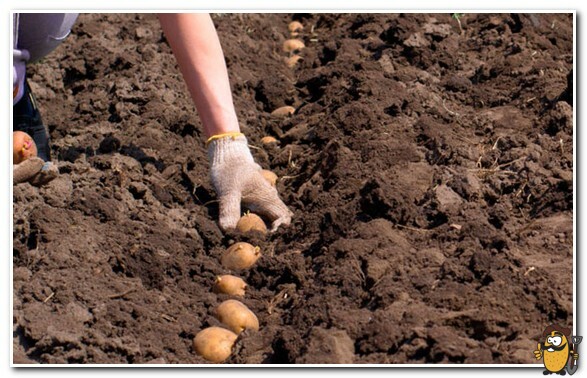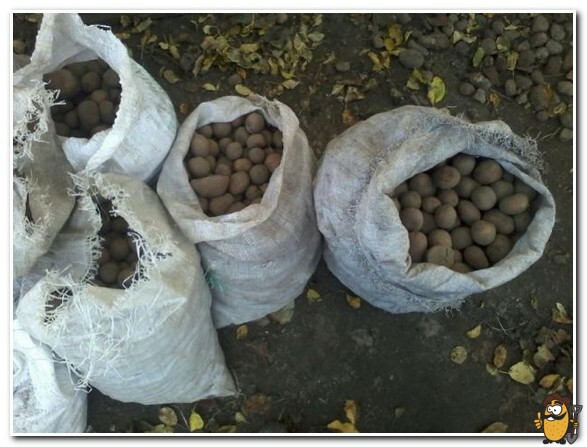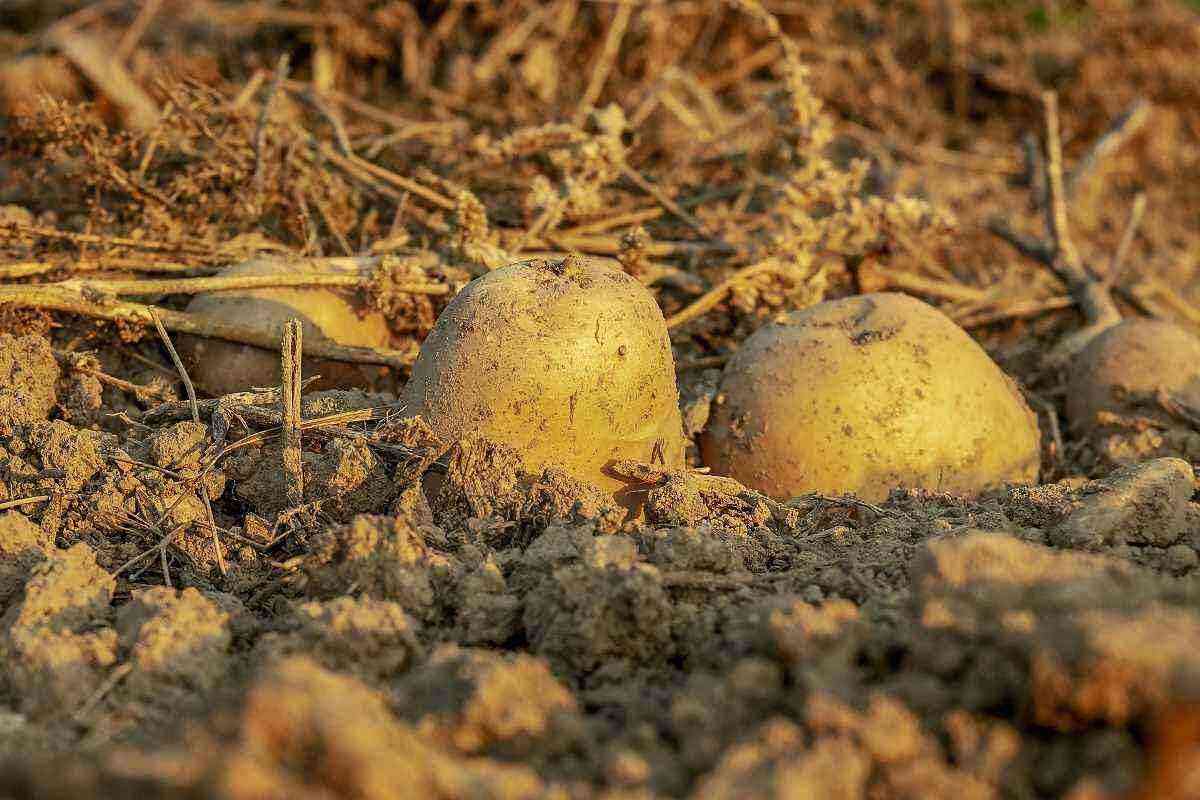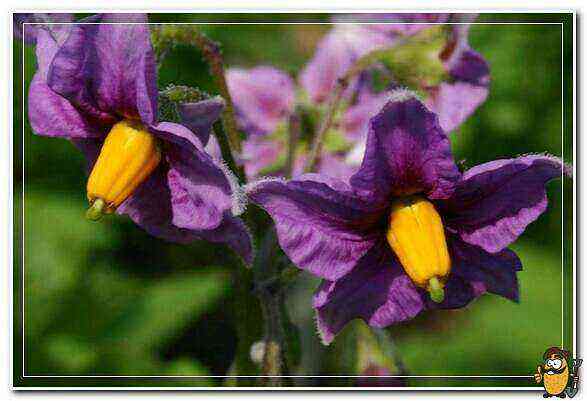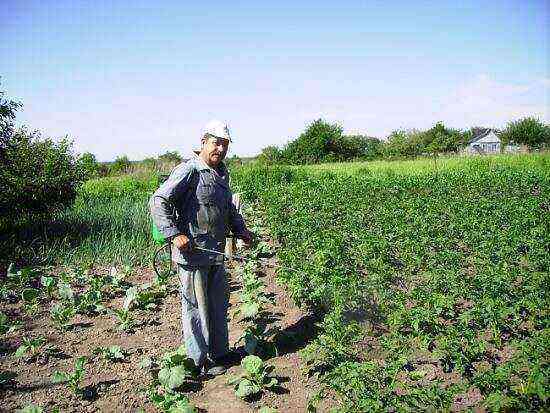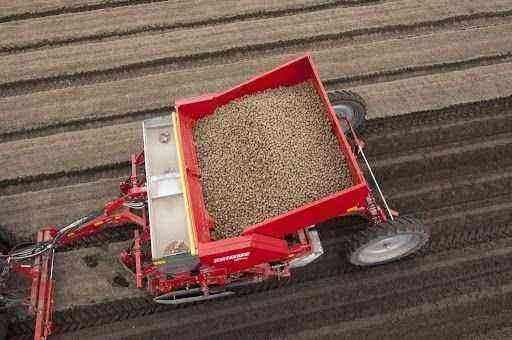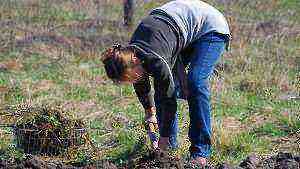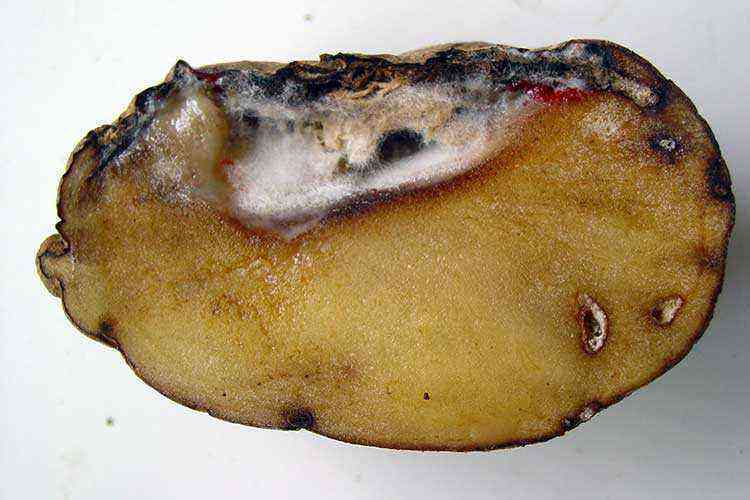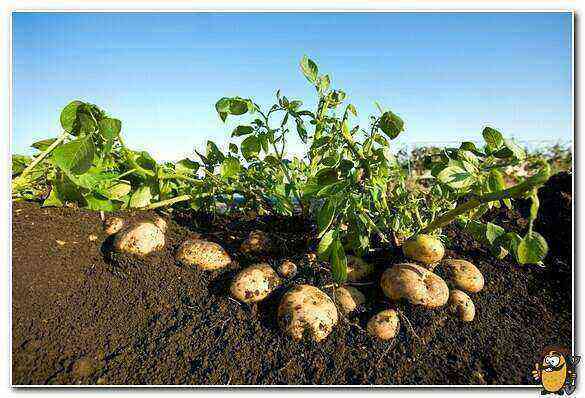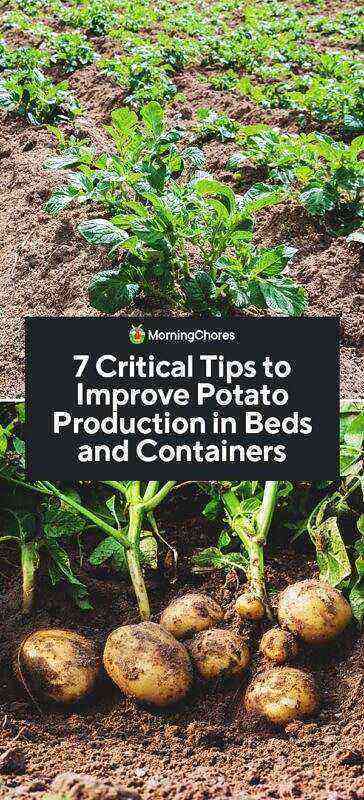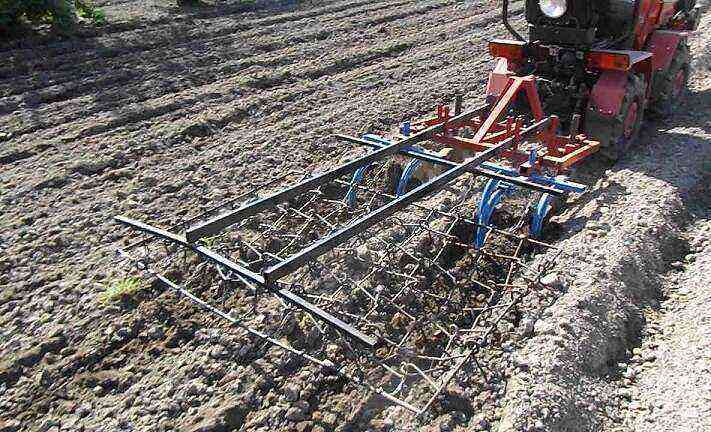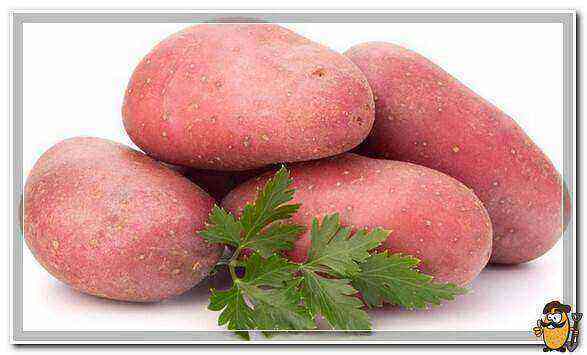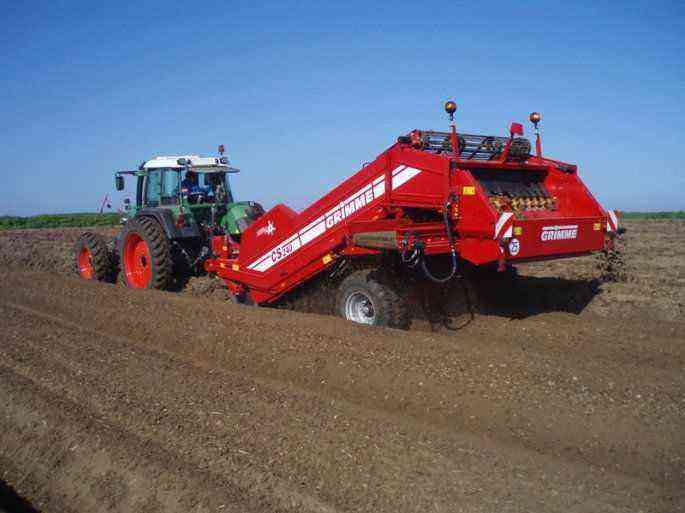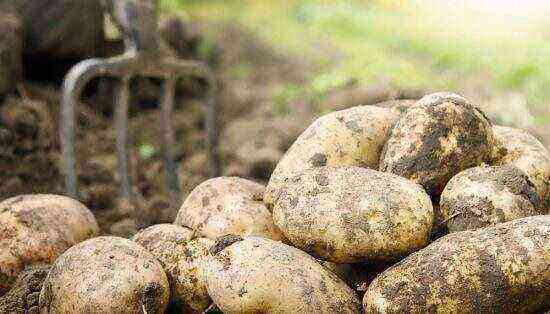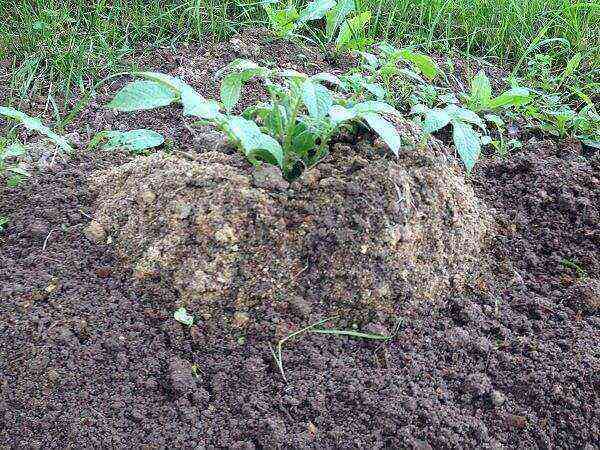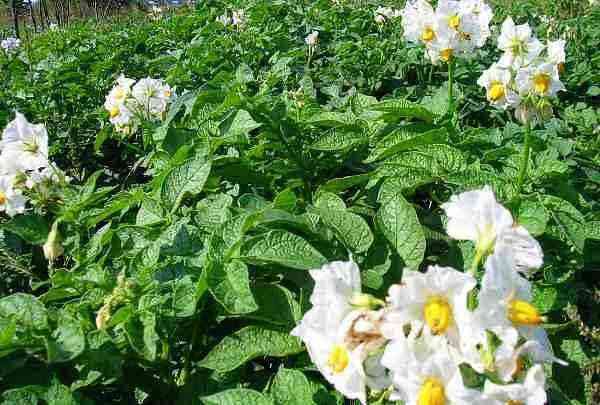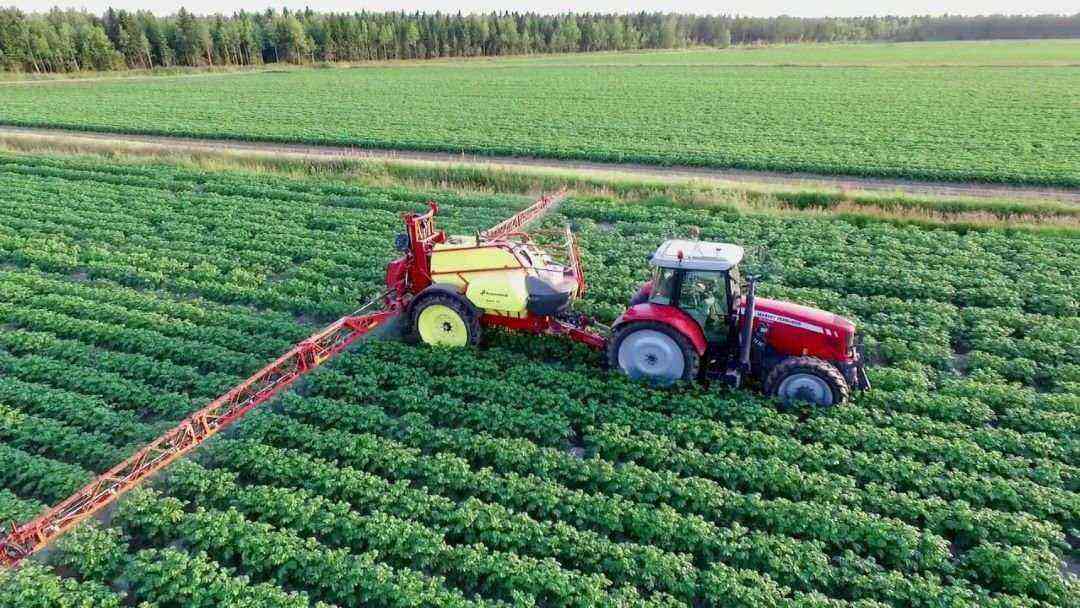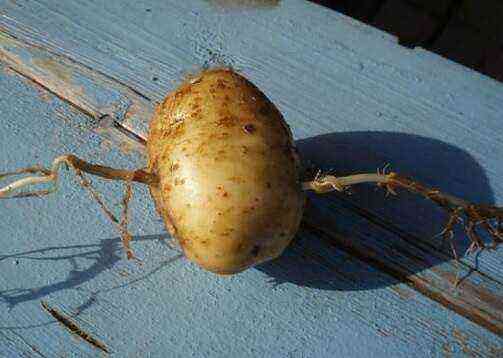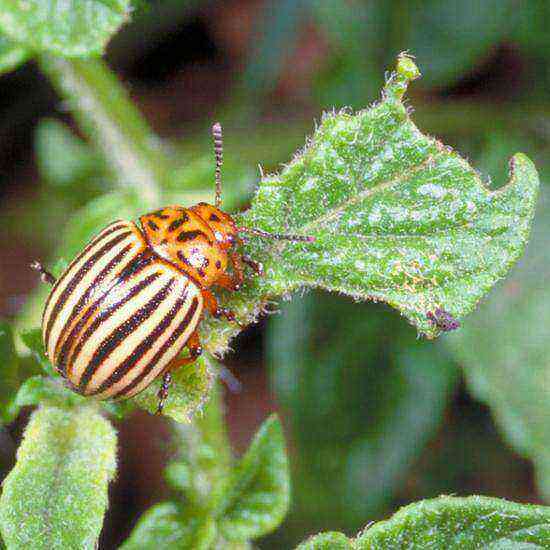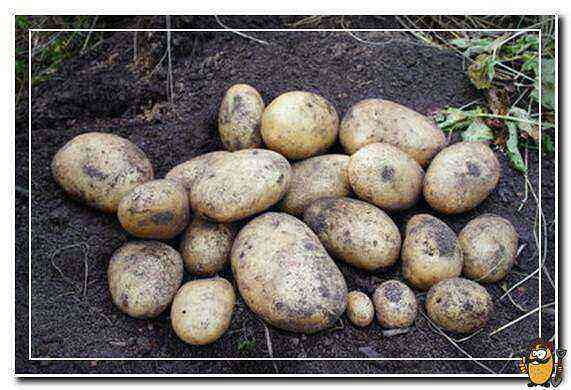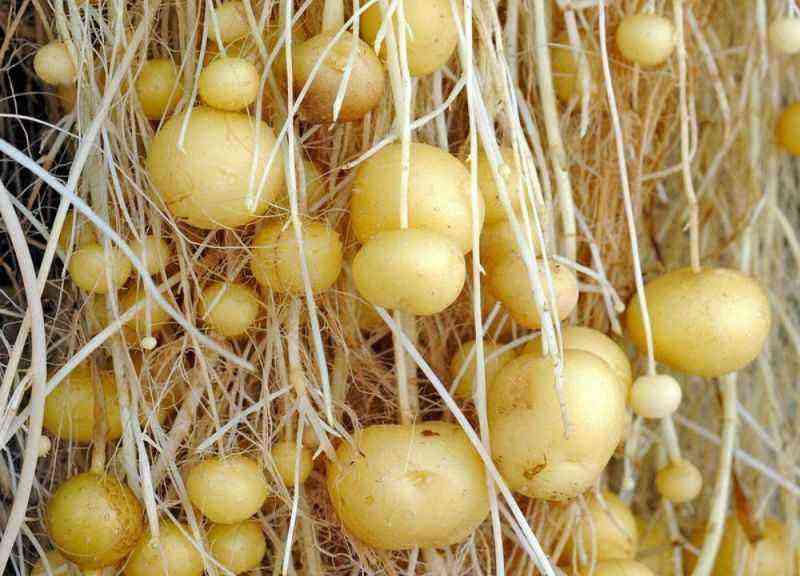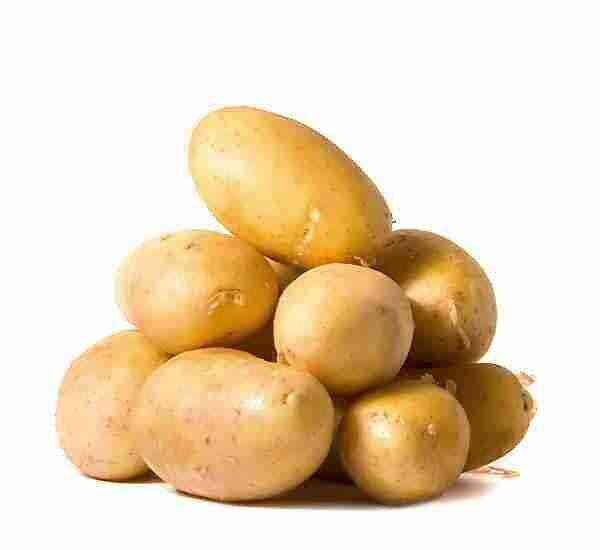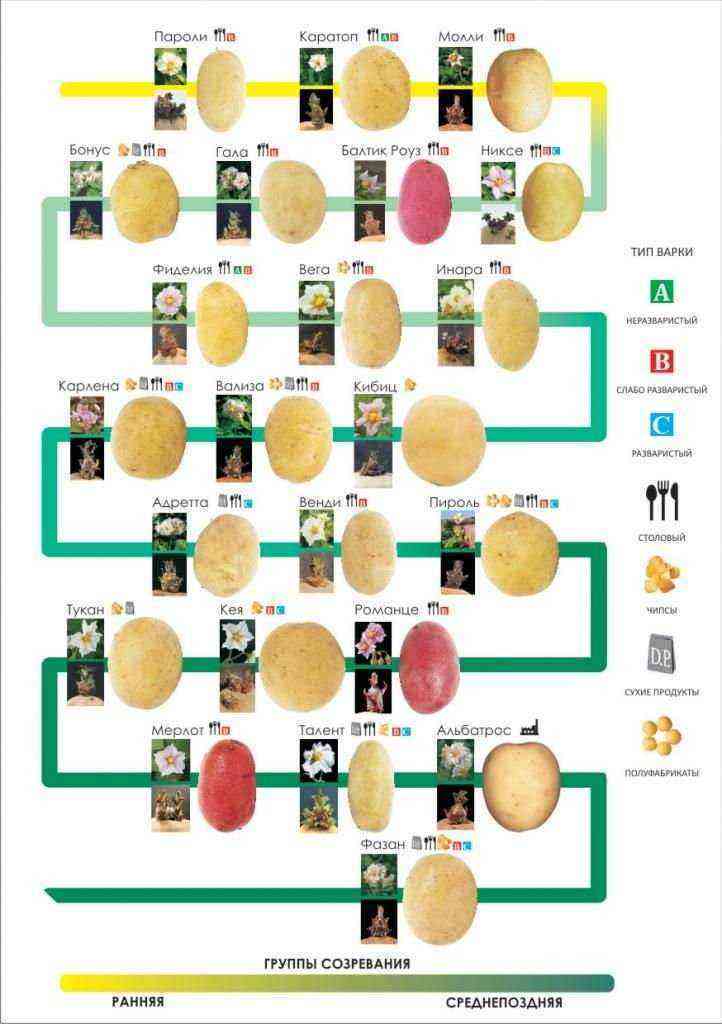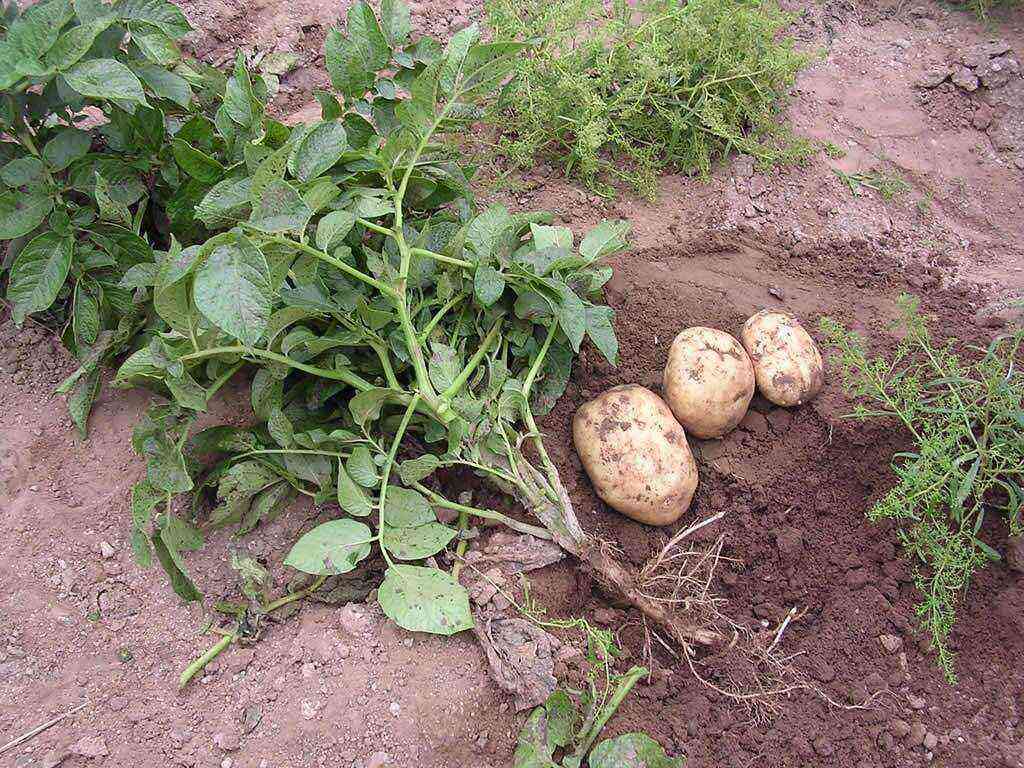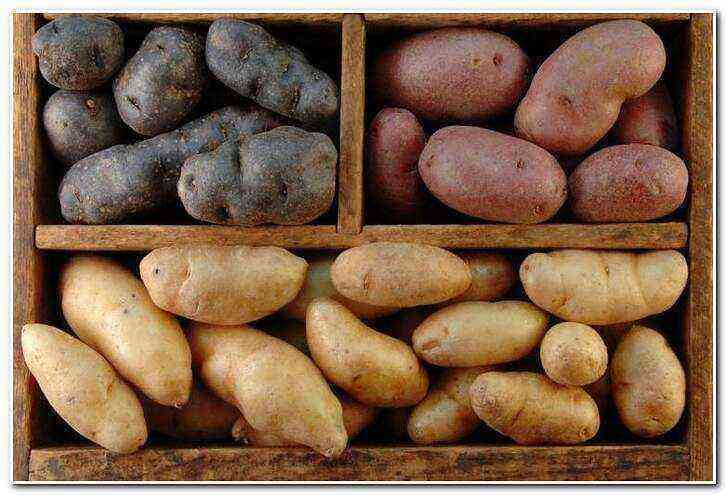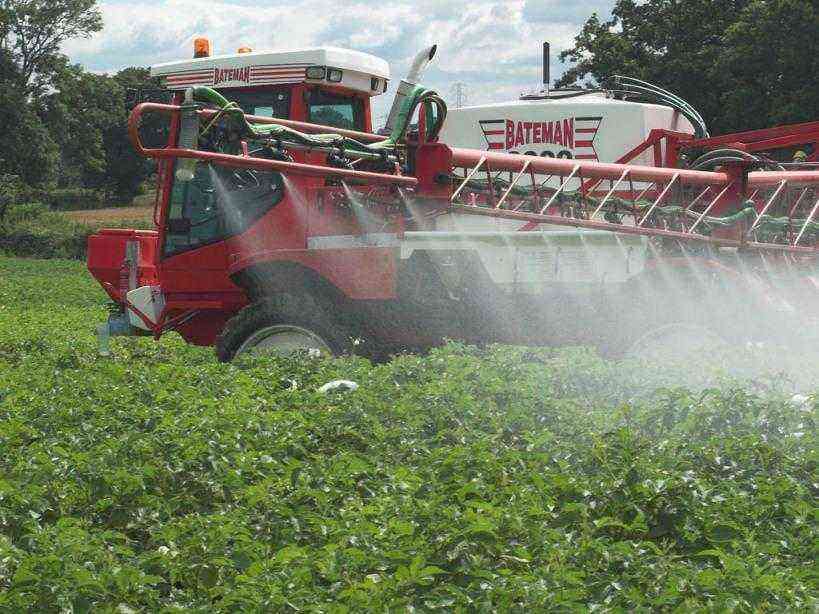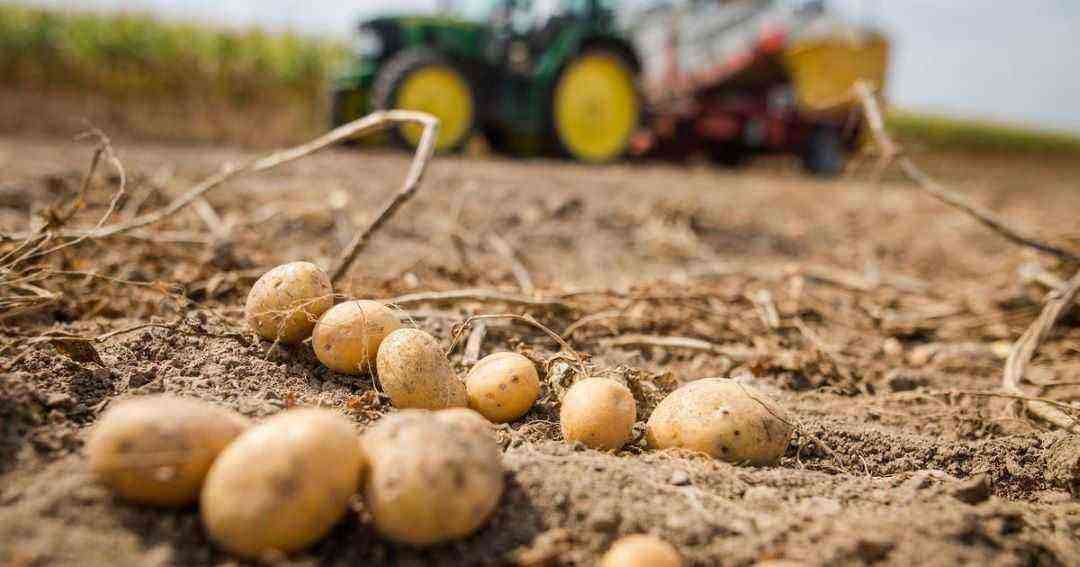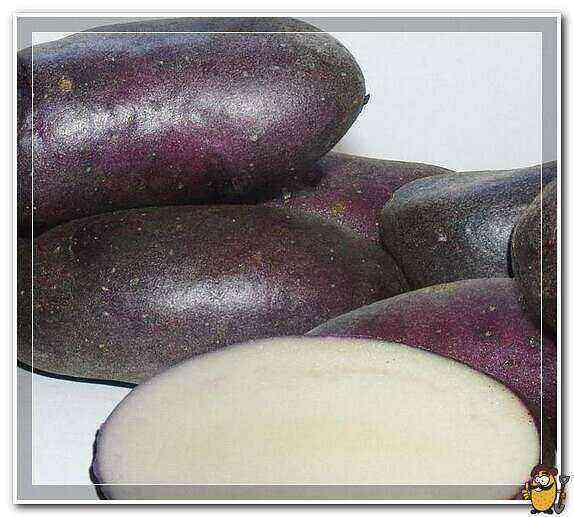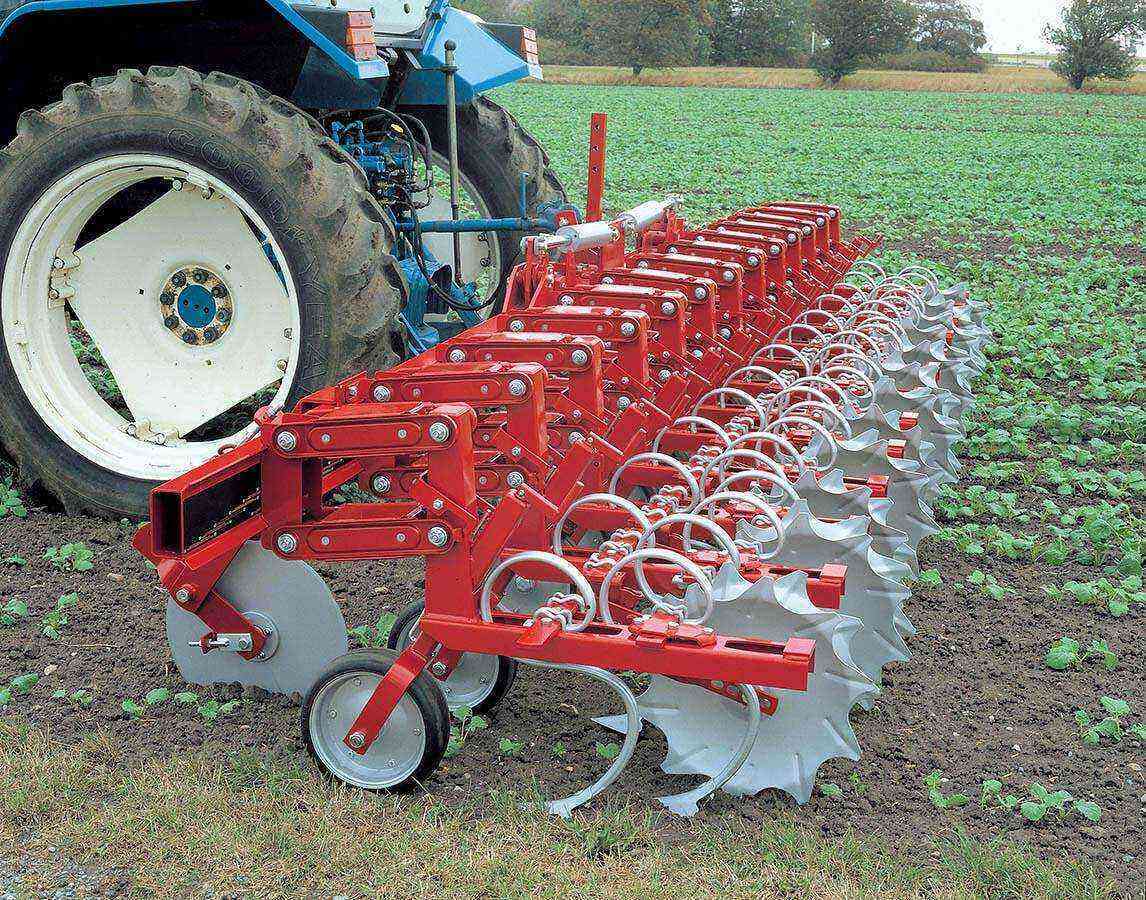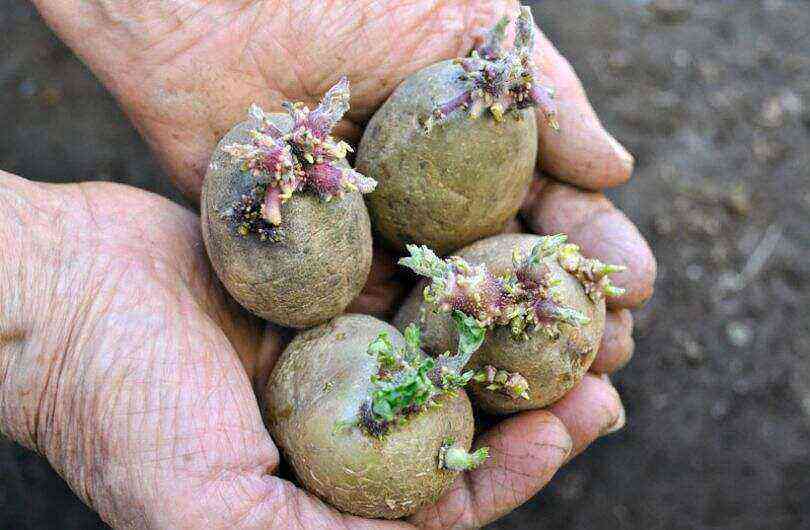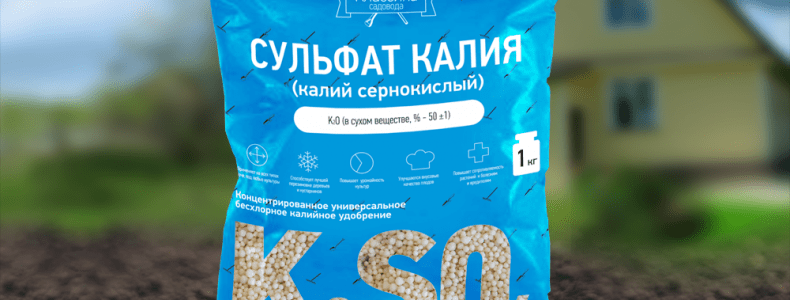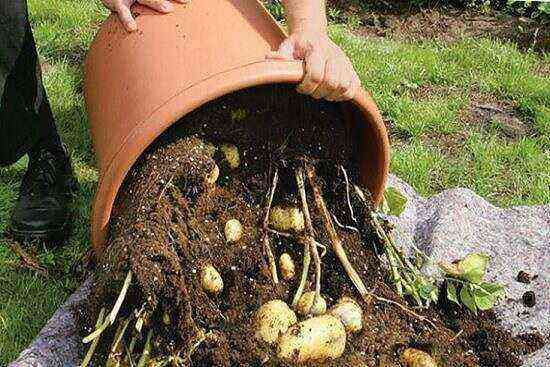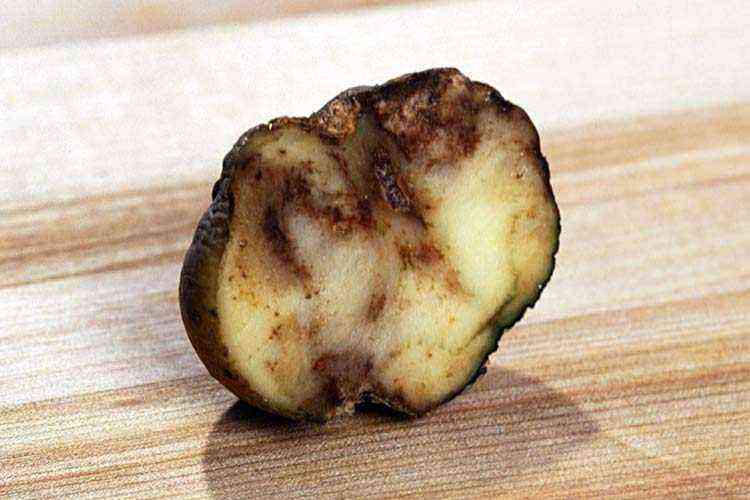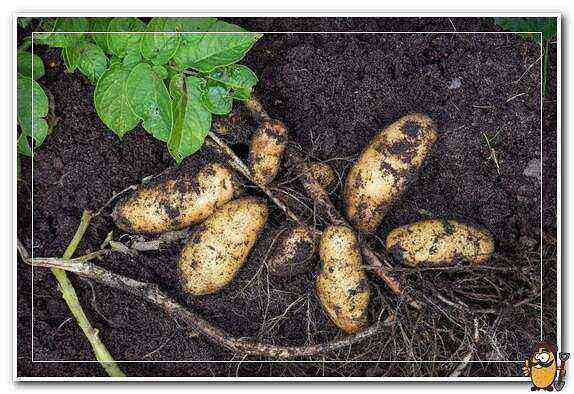The potato was originally a wild crop. It is a perennial from the nightshade family, native to South America. It was there that people first discovered tubers and began to use them for food. It happened about two and a half thousand years ago. And today, breeders of all countries are tirelessly working on the development of new varieties with a maximum of positive characteristics.
Gardeners grow potatoes as an annual plant. They plant tubers in the ground in early spring, process the plantings during the summer, and harvest in the fall. In fact, each potato is a hypertrophied shoot of the rhizome, which accumulates a large amount of vitamins, nutrients and other components. It is thanks to this, as well as the excellent taste, that potatoes quickly took root in our country and entered the daily diet of many people.
According to the content of starch, proteins, vitamins, macro- and microelements, sugars, amino acids and other substances in the pulp, this culture is divided into 4 main groups:
- table potatoes;
- fodder potatoes for livestock;
- technical potatoes;
- universal varieties.
Table potatoes are in demand all over the world, they form the basis of the diet. Most of these tubers are medium-sized, and some are very large. They have a round, regular shape, thin peel with a smooth surface. The eyes on the tubers of table potatoes are few and small. The starch index in such potatoes is quite high, in the range of 12-18%. It is important that the specimens used for human food have high taste and an attractive presentation. This can boast of such popular table varieties as:
Fodder potatoes are rich in protein, solids and starch. They go to feed pets. Their main distinguishing feature is their high yield, which allows growing the maximum number of tubers in a small area.
The following varieties are referred to as fodder:
- Lord;
- Кореневский;
- Voltman.
Industrial potatoes are grown as raw materials for the production of starch and alcohol. Its pulp must contain at least 16% starch. But there is very little protein in the tubers of industrial varieties. Moreover, such potatoes do not darken when cut and peeled.
The best representatives of this category are:
Versatile grades are designed for any use. They are suitable for human and animal nutrition and are used for technical purposes.
Among the universal varieties, the following can be distinguished:
- Arosa;
- Berlihingen;
- Sante;
- A delicacy.
Fodder potatoes: description and feeding features
Forage varieties are widely used in animal husbandry, but not all animals digest such tubers equally well. For example, for sheep, the pulp of potatoes is of little nutritional value, it is absorbed by only 15%.
But fodder potatoes are a real food base for pigs. In their body, 90% of the protein contained in the pulp of the tubers is absorbed, which has a positive effect on weight gain. Potatoes are an irreplaceable crop in pig breeding. It is given to pigs only boiled. After boiling, the tubers are crushed with a special crush and other ingredients (compound feed) are added in a 4: 1 ratio.
Cattle (horses, cows, goats) are always given exclusively raw potatoes. It is crushed and mixed with various roughage (grain, silage). Moreover, animals can be fed not only with tubers, the tops, peel left after cooking, potato waste from factories and enterprises are used for livestock. All small potatoes, and even slightly spoiled ones, are also good for animals. Therefore, we can safely say that potatoes are a fodder crop.
Recently, dried potatoes have appeared on the market. It is superior to all other feeds used in animal husbandry due to its high protein content and feed units indicating nutritional value. Dried potatoes weigh much less than raw ones (almost 5 times), so it is easier to prepare feed mixtures from them. In addition, dried potatoes are more convenient to store, since such a product takes up less space.
As fodder, you can use any variety of potatoes with high yields and a short ripening period. In animal husbandry, this crop pays for itself 100%. But you need to adhere to some recommendations.
- Tubers that are eaten by animals must be thoroughly washed, completely cleaned of soil residues. Dirty potatoes not only harm the teeth, but also harm the digestive system.
- It is advisable to use small fodder potatoes. To prevent the animal from choking on a whole tuber, it is better to cut it at least in half.
- It is better not to give potatoes to young cattle and small animals (for example, rabbits or nutria), as they can poison them.
- If tops are used for livestock feed, then it must be young, juicy and necessarily without berries.
- The spoiled tubers can be fed to pigs, but first they must be cut (remove damaged areas) and boiled. The same rule applies to wilted potatoes.
- Do not give animals green tubers. They contain a large amount of a dangerous poisonous substance called solanine, which can cause serious harm to health.
Fodder potatoes: how to distinguish from table varieties
As a rule, table varieties have a more attractive presentation. They are larger, their shape is more like an oval. They have the best taste and culinary versatility. But fodder potatoes outwardly look angular, they have an irregular shape, deep-set eyes and lighter flesh. The forage varieties have good yields, good keeping quality and a high percentage of starchiness. Lorkh and Voltman are among the sorts of fodder. The first has a light skin, while the second has pink.
Growing feed potatoes
Potatoes for animal feed are grown according to the same principle as table varieties. Spring planting begins from the moment when the soil warms up to a temperature of + 8-10 degrees. At this temperature, optimal conditions are created for the germination of tubers, which give friendly shoots.
Before planting potatoes, it is recommended to dip them in a solution of mineral fertilizers with potassium permanganate. This will protect them from fungi and bacteria, and will also provide nourishment for young plants at an early stage. It is better to plant planting tubers in furrows or holes to a depth of 10-12 cm.The distance between bushes is 35 cm, between rows – 60 cm.
During the entire growing season, plants need loosening of the soil and hilling, watering and weeding, getting rid of weeds. It is important to apply fertilizers on time under each bush and on the leaves. For these purposes, urea, mullein, bird droppings, wood ash and superphosphate are suitable.
You can start harvesting when the tops fall to the ground and begin to dry out. This is a sure sign of tuber maturity. The potatoes are dug up, dried and stacked in boxes. Storage facilities are usually large, well-ventilated basements and cellars.
In conclusion
Fodder potatoes have always been used to feed cattle and pigs. It allows you to save up to 45-55% of grain material and compound feed. In addition, this product has a lot of useful properties and excellent nutritional qualities that provide a high increase in body weight. But it is important to remember the precautions listed above so that animals do not have digestive and general health problems.


